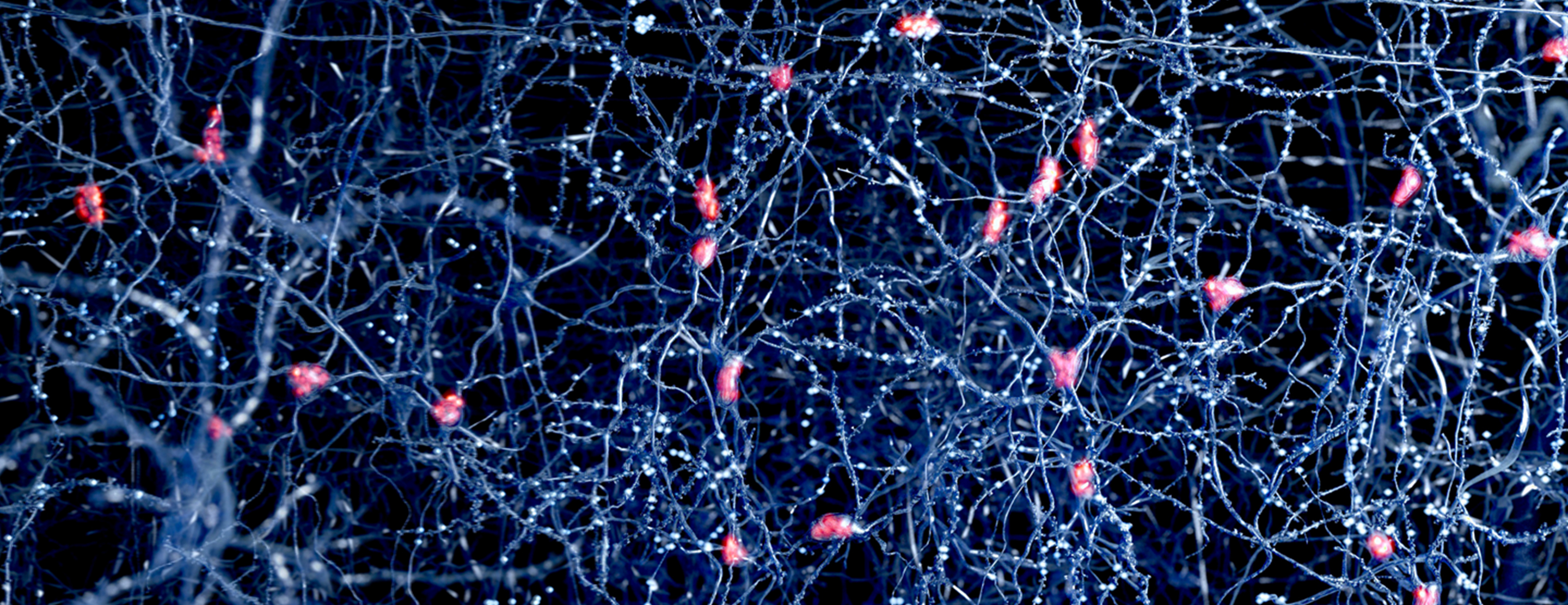
BAER - brainstem auditory evoked response
Definition
Brainstem auditory evoked response (BAER) is a test to measure the brain wave activity that occurs in response to clicks or certain tones.
Alternative Names
Evoked auditory potentials; Brainstem auditory evoked potentials; Evoked response audiometry; Auditory brainstem response; ABR; BAEP
How the Test is Performed
You lie on a reclining chair or bed and remain still. Electrodes are placed on your scalp and on each earlobe. A brief click or tone will be transmitted through earphones you are wearing during the test. The electrodes pick up the brain's responses to these sounds and record them. You do not need to be awake for this test.
How to Prepare for the Test
You may be asked to wash your hair the night before the test.
Young children often need medicine to help them relax (sedation) so they can stay still during the procedure.
Why the Test is Performed
The test is done to:
- Help diagnose nervous system problems and hearing loss (especially in newborns and children)
- Find out how well the nervous system works
- Check hearing ability in people who cannot do other hearing tests
This test may also be performed during surgery to decrease the risk for injury to the hearing nerve and brain.
Normal Results
Normal results vary. Results will depend on the person and the instruments used to perform the test.
What Abnormal Results Mean
Abnormal test results may be a sign of
Abnormal results may also be due to:
- Brain injury
- Brain malformation
- Brain tumor
Central pontine myelinolysis - Speech disorders
Risks
There are no risks associated with this test.
References
Brown CJ, Johnson TA. Electrophysiologic assessment of hearing. In: Flint PW, Haughey BH, Lund V, et al, eds. Cummings Otolaryngology: Head & Neck Surgery. 6th ed. Philadelphia, PA: Elsevier Saunders; 2015:chap 134.
Hahn CD, Emerson RG. Electroencephalography and evoked potentials. In: Daroff RB, Jankovic J, Mazziotta JC, Pomeroy SL, eds. Bradley's Neurology in Clinical Practice. 7th ed. Philadelphia, PA: Elsevier; 2016:chap 34.
Review Date: 05/17/2018
The information provided herein should not be used during any medical emergency or for the diagnosis or treatment of any medical condition. A licensed physician should be consulted for diagnosis and treatment of any and all medical conditions. Call 911 for all medical emergencies. Links to other sites are provided for information only -- they do not constitute endorsements of those other sites. Copyright ©2019 A.D.A.M., Inc., as modified by University of California San Francisco. Any duplication or distribution of the information contained herein is strictly prohibited.
Information developed by A.D.A.M., Inc. regarding tests and test results may not directly correspond with information provided by UCSF Health. Please discuss with your doctor any questions or concerns you may have.





